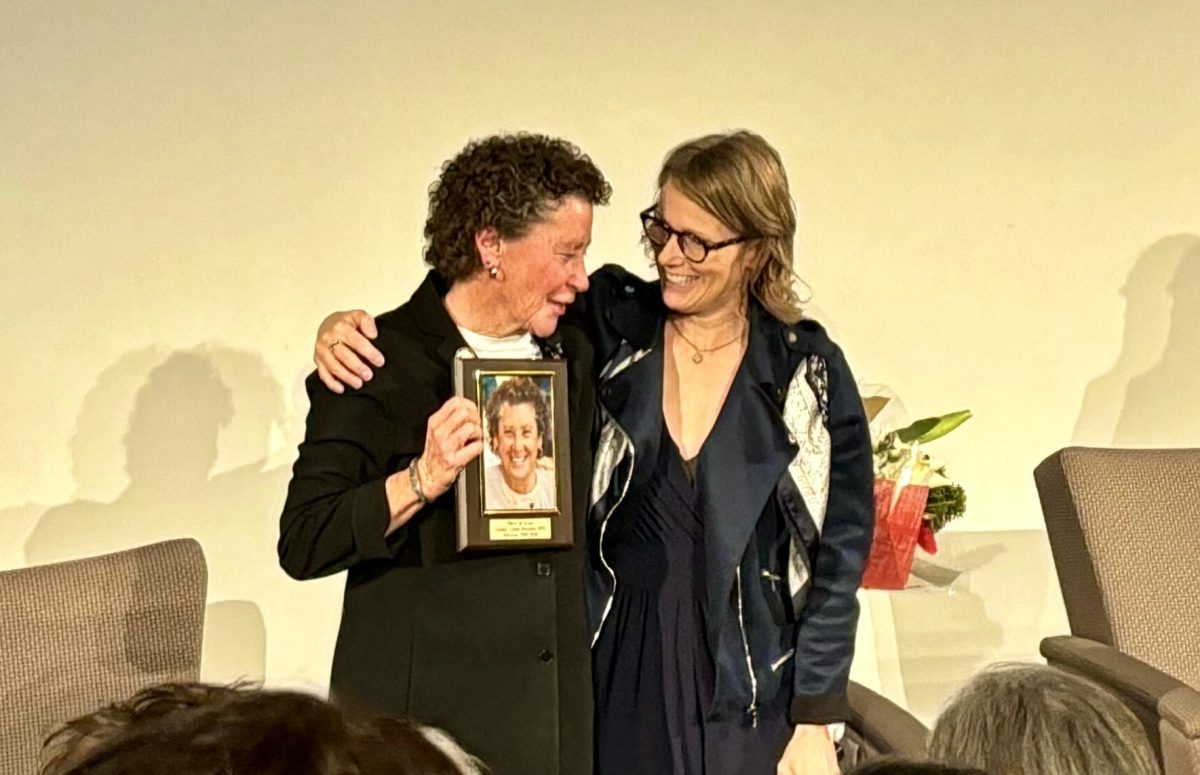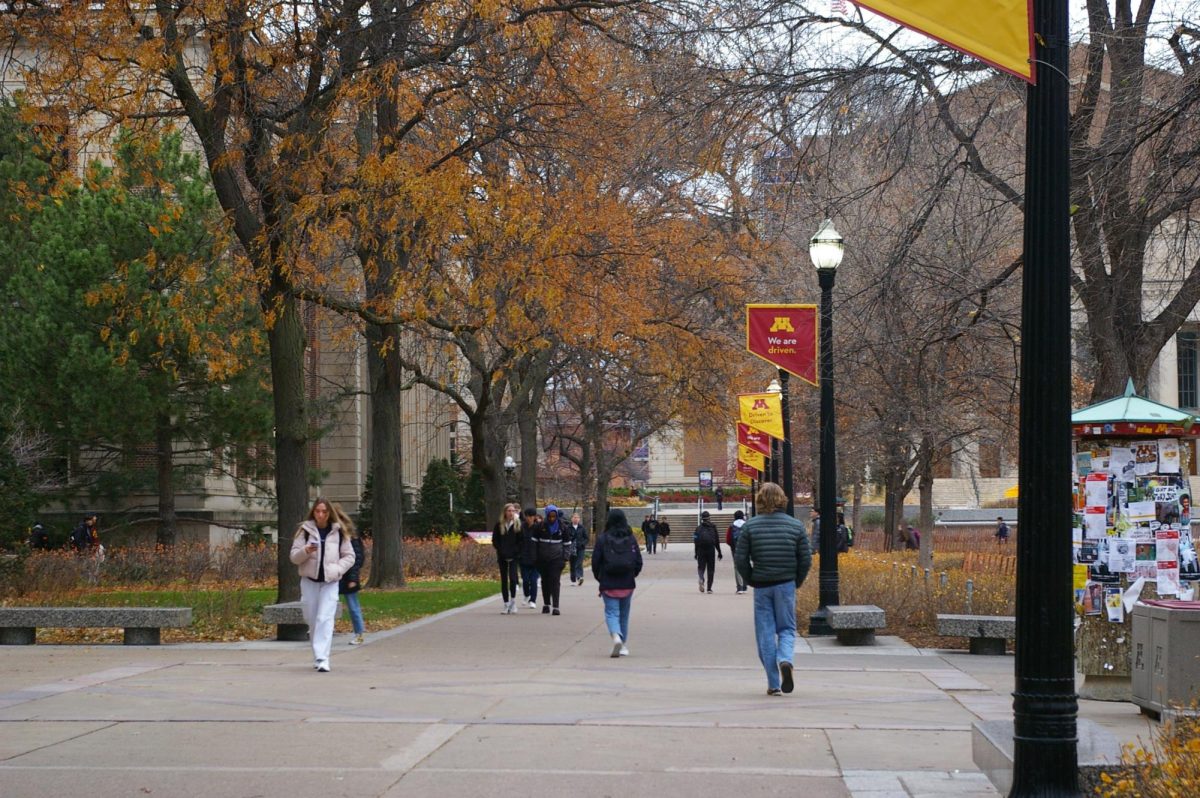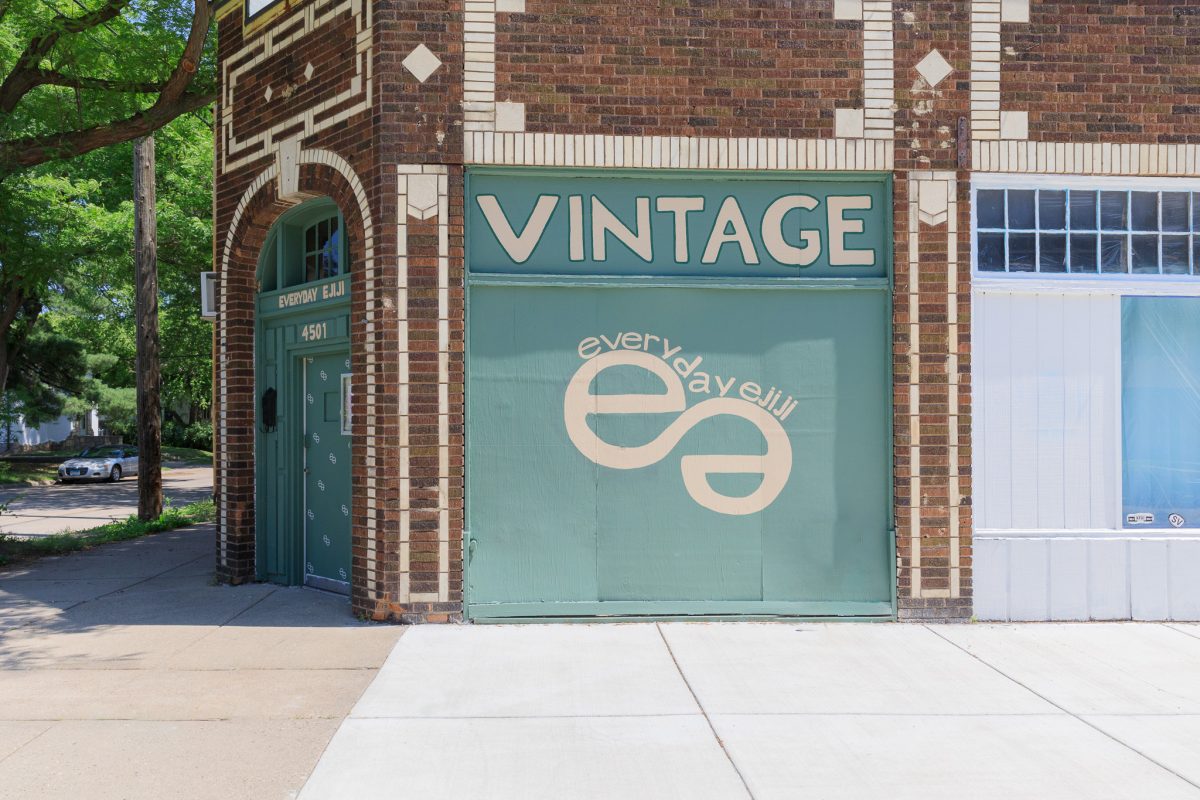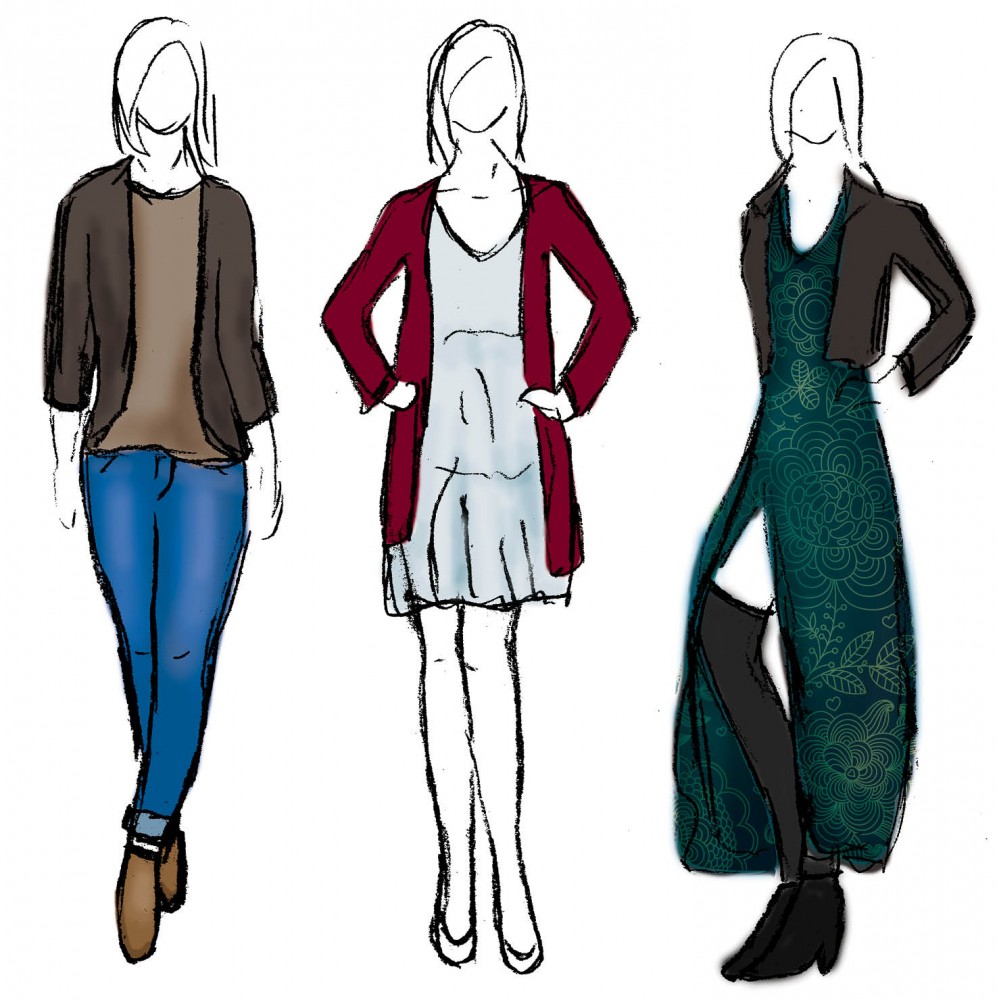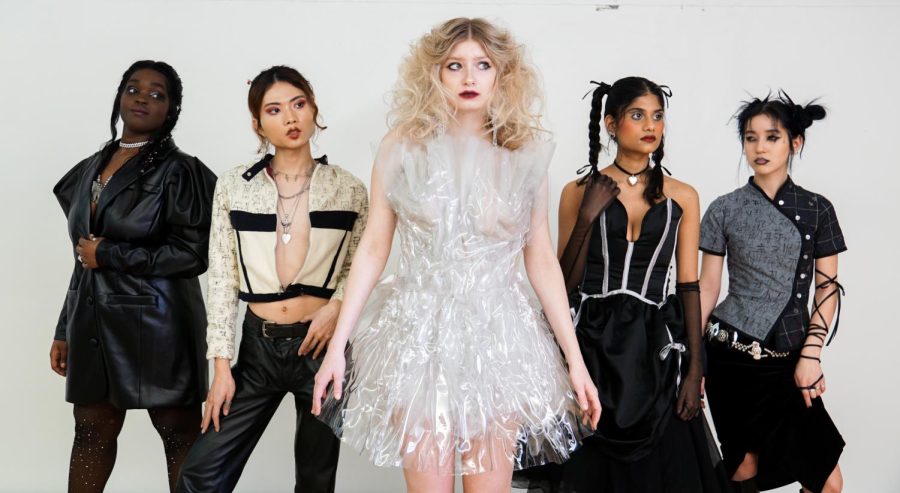Sophomore Naima Ahmed’s eyes shone as she scrolled through an Instagram feed of Muslim women wearing intricately draped hijabs and colorful layers of cloth.
Social media presence is just one sign of the increasing visibility of a burgeoning modest fashion industry, Ahmed said.
She also pointed to Sicilian fashion house Dolce and Gabbana’s new line of ornate, lace-trimmed and jewel-encrusted hijabs and abayas as an example of how major clothing designers are beginning to create modest, trendy lines targeting female Muslim shoppers.
“Normally, we don’t see that. To have such high designer name brands accepting this is a really big step in fashion around the world,” Ahmed said. “This is kind of a late development, but at the same time, it’s good that they started now.”
Brands such as DKNY and Tommy Hilfiger have also entered the modest fashion market.
“It’s never too late to bring about change. The fact that this is actually happening brings about awareness for other companies who do not see the value of including other large groups of people,” said nursing junior Fadumo Ali.
In 2014, Muslim consumers contributed $107 billion to the nearly $2 trillion global digital economy, according to a Thomson Reuters report, and their spending is expected to grow faster than any other sector by 2020.
The Reuters report also identified modest fashion e-commerce as the most successful segment of the Islamic digital economy.
Popular Muslim fashion social media accounts have helped the niche market to expand, Ali said.
“There are a lot of hijab Instagram accounts,” Ali said. “The designer Marwa Atik was featured in Marie Claire. She does a phenomenal job of putting pieces together with a hijab that most would consider very westernized and within the norm of society.”
Muslim fashion is specific to geographical regions across the globe. Ahmed’s family is from Somalia, where women traditionally drape their hijab in a different manner than American Muslim women.
“Here in America, there are styles with easy accessibility and arm slits, which are easier to wear around,” Ahmed said.
Like social media apps, blogs permit sartorial inspiration on a global level, said senior Zeinab Ahmed, who is a member of the Muslim Students Association.
“In other countries, there are pages that show different hijab styles, and sometimes those pages are based off of websites that originate from different parts of the world,” she said.
The modest fashion trend comes at a time where many fear growing Islamophobia in the United States.
“[The] idea of ‘Us versus them’ … has increased Islamophobia throughout this country,” Ali said. “If you ask any Muslim in this country, freedom, liberty, justice and equality for everyone is an integral part of our faith.”
Amid what she called misguided political discourse, the entrance of elements of Muslim culture into mainstream fashion trends is encouraging, Naima Ahmed said.
“Negative attention is kind of turning into positive attention for us,” she said.











